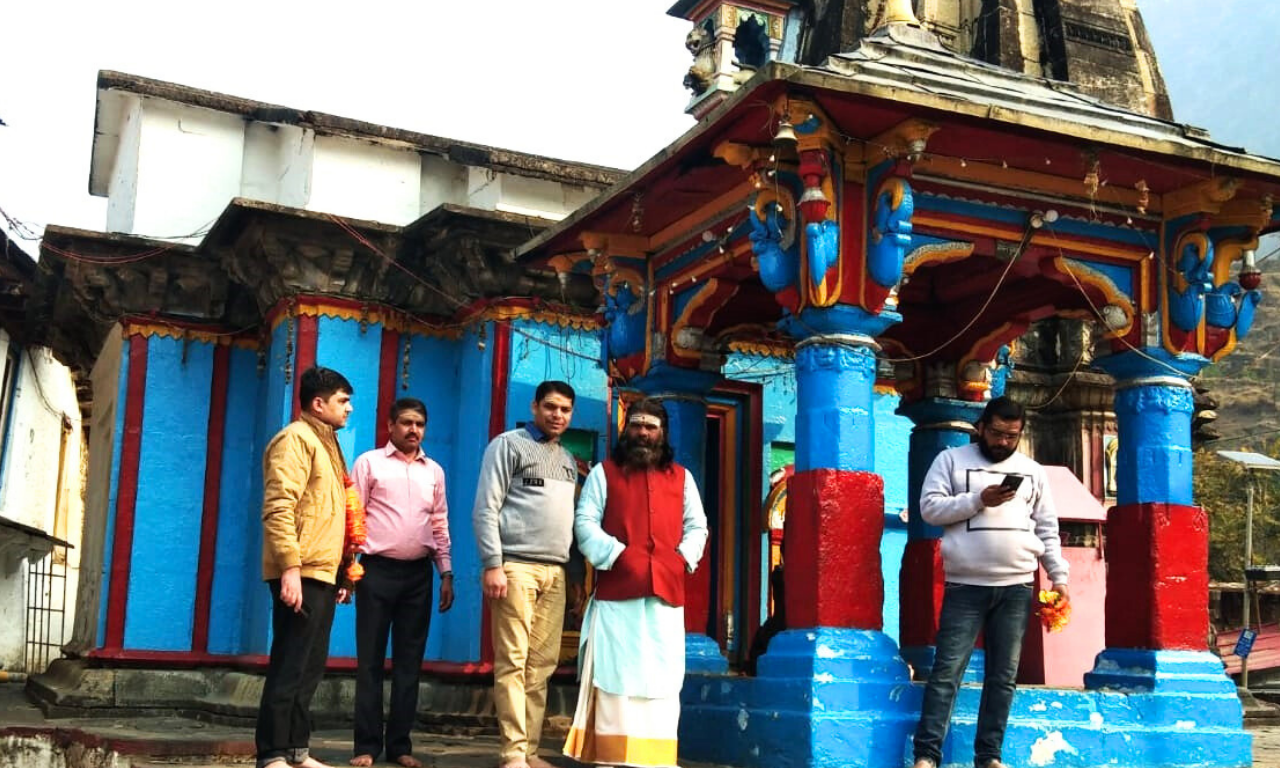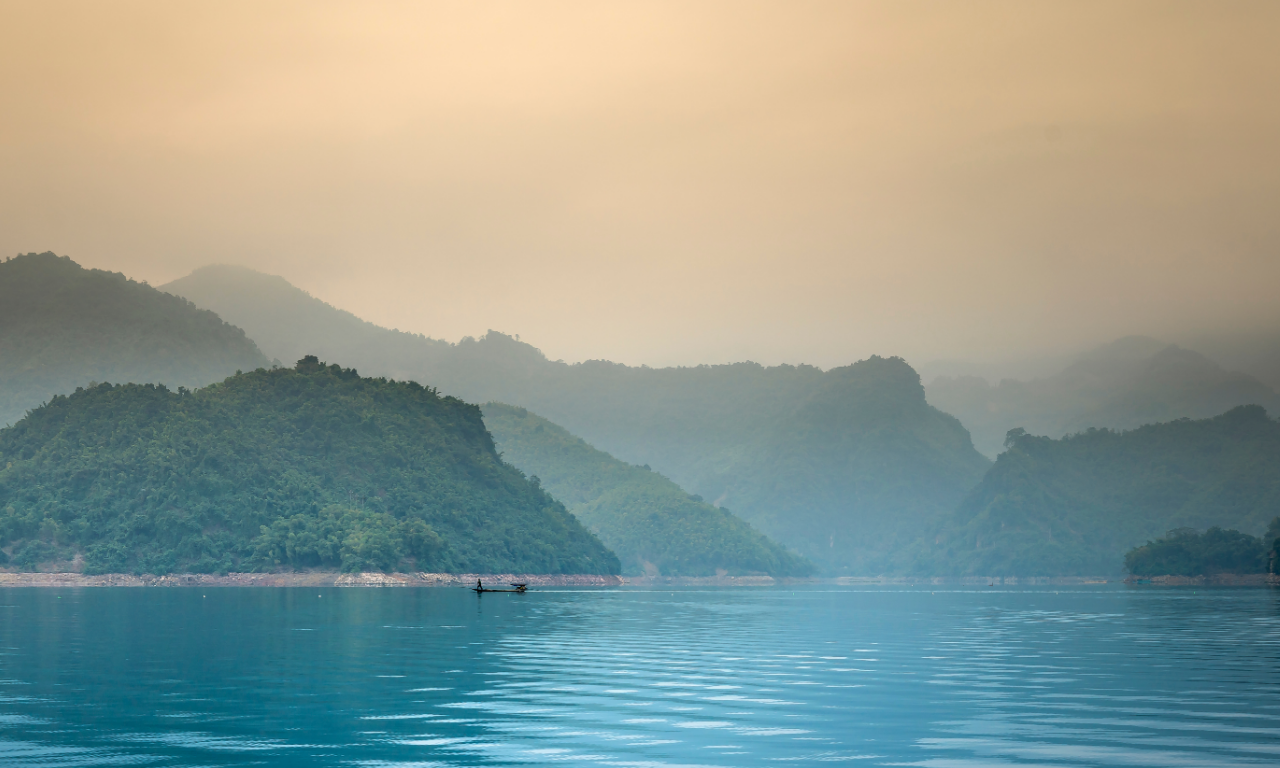
Kedarnath Temple – All About Kedarnath Dham.
Kedarnath Temple
The Kedarnath Temple, located in the Garhwal Himalayan range of Uttarakhand Rudraprayag, India, the temple has a history deeply rooted in Hindu mythology and it’s tradition. Kedarnath is one of the twelve Jyotirlingas, the holiest shrines dedicated to Lord Shiva. The temple is believed to have been constructed by the Pandavas during the Mahabharata era, and later, Adi Shankaracharya is credited with reviving it in the 8th century.
Interestingly, the legend associated with the temple narrates that the Pandavas sought Lord Shiva’s blessings to atone for their sins after the Mahabharat. However, Shiva, unwilling to forgive them easily, so lord shiva disguised as a bull and hid in the Kedarnath region Guptkashi. Eventually, the Pandavas recognized him, and Shiva, impressed by their persistence, granted them his divine blessings. Moreover, the hump of the Shiva(bull) is said to have materialized as the Kedarnath shrine, while other parts of his body appeared in different locations, forming the Panch Kedar temples.
The temple is known for its unique architecture. Built using massive stone slabs, it stands on a rectangular platform surrounded by snow-clad peaks, including the majestic Kedarnath mountain. Despite being located at an altitude of 3,583 meters (11,755 feet), the temple has withstood numerous natural calamities over centuries.
opening and Closing Time/Dates of Kedarnath ji
opening and closing time are decided by the Temple priests.
Year 2025, Mandir Kapat will open on 02 of May 2025 and will close on Nov Month 2025.
Best Time To Visit.
May to June and September to October, is the best time to visit Kedarnath.
May to June (Summer)
Weather: Pleasant with temperatures ranging between 12°C and 20°C. Perfect for trekking and exploring the region.
Pilgrimage: The Kedarnath temple opens in late April or early May (depending on Akshaya Tritiya). These months are peak pilgrimage season.
Landscapes: The surroundings are lush green, with clear views of snow-capped peaks.
September to October (Post-Monsoon)
Weather: Cool and refreshing, with temperatures between 5°C and 15°C. Skies are usually clear.
Pilgrimage: The temple remains open, and the crowd is comparatively smaller after the monsoon season.
Scenery: The landscape looks pristine after the monsoon rains.
Avoid Monsoon (July to August)
Heavy rainfall often leads to landslides and roadblocks, making travel risky.
Winter (November to April)
The temple remains closed, and the region experiences heavy snowfall. The deity is moved to Ukhimath during this time for worship.
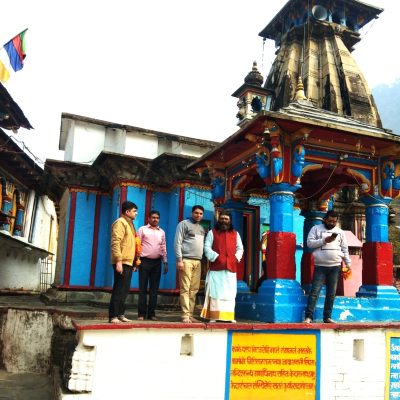
Chardham Packages
How to Reach
Train: The nearest railway stations are:
Rishikesh (approx. 215 km)
Haridwar (approx. 230 km)
Dehradun (approx. 250 km)
From the station, you can hire a taxi or take a bus to Gaurikund.
Bus: Regular buses run from Rishikesh, Haridwar, and Dehradun to Sonprayag (around 5 km before Gaurikund).
From Sonprayag, shared jeeps or taxis take you to Gaurikund.
Car: You can drive directly to Gaurikund or hire a private cab.
Air: The nearest airport is Jolly Grant Airport in Dehradun, around 250 km from Kedarnath. From the airport, you can hire a taxi or take a bus to Gaurikund.
By Helicopter: Helicopter services operate from nearby locations such as Phata, Guptkashi, or Sersi to Kedarnath, reducing travel time significantly.
Helicopter Services – Book your tickets in advance from authorized service providers/Tour Operator.
Official website – https://heliyatra.irctc.co.in/
Popular helipads: Phata (21 km from Gaurikund), Guptkashi, and Sersi. The helicopter drops you near Kedarnath, and you need to walk around 500 meters to the temple.
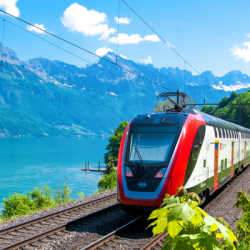

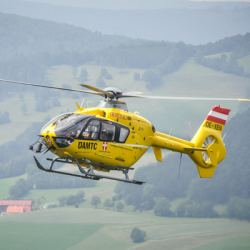
Trek to Kedarnath – From Gaurikund, you need to trek approximately 16 km to reach Kedarnath.
Options for the trek:
On Foot: Follow the marked trails; it usually takes 6–8 hours depending on your pace.
Pony or Mule: Are available for hire at Gaurikund.
Doli (Palanquin): Porters can carry you on a palanquin.


